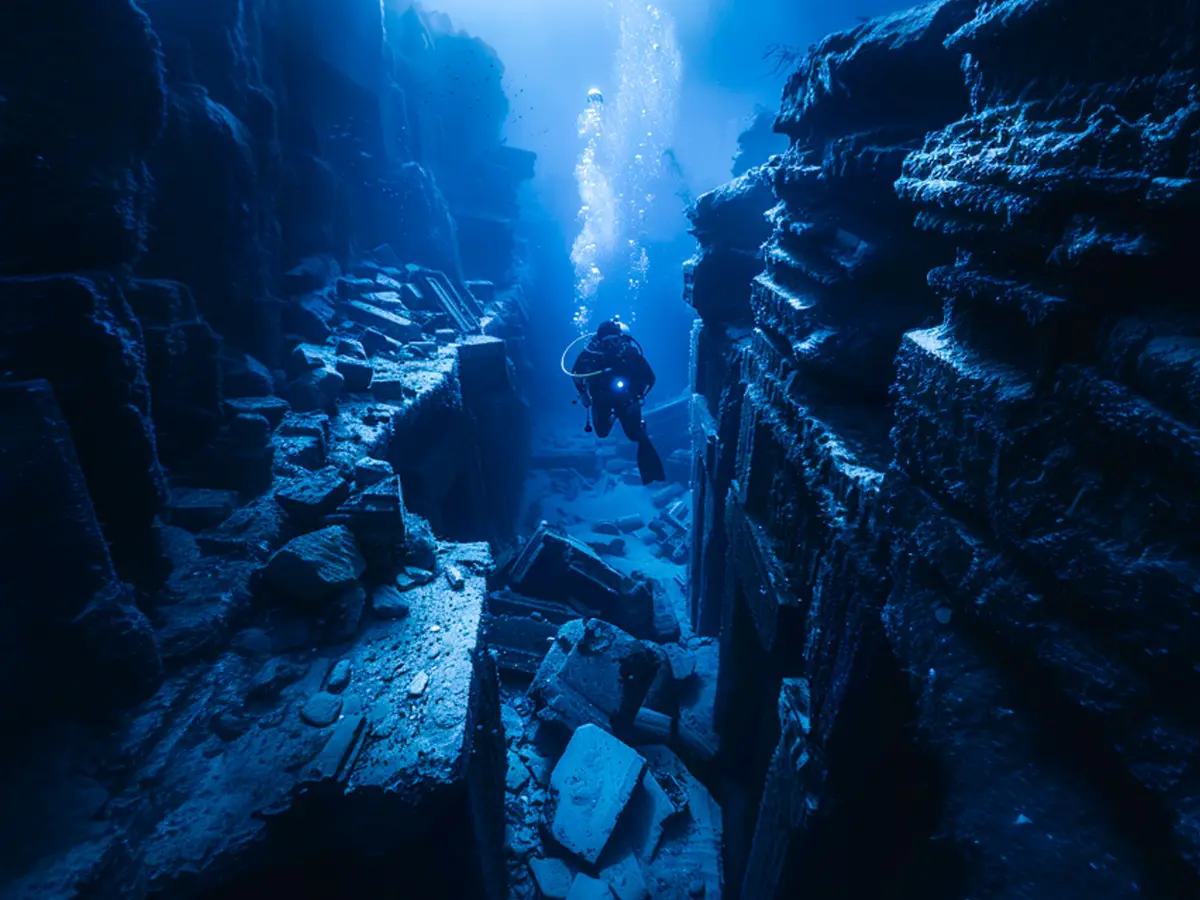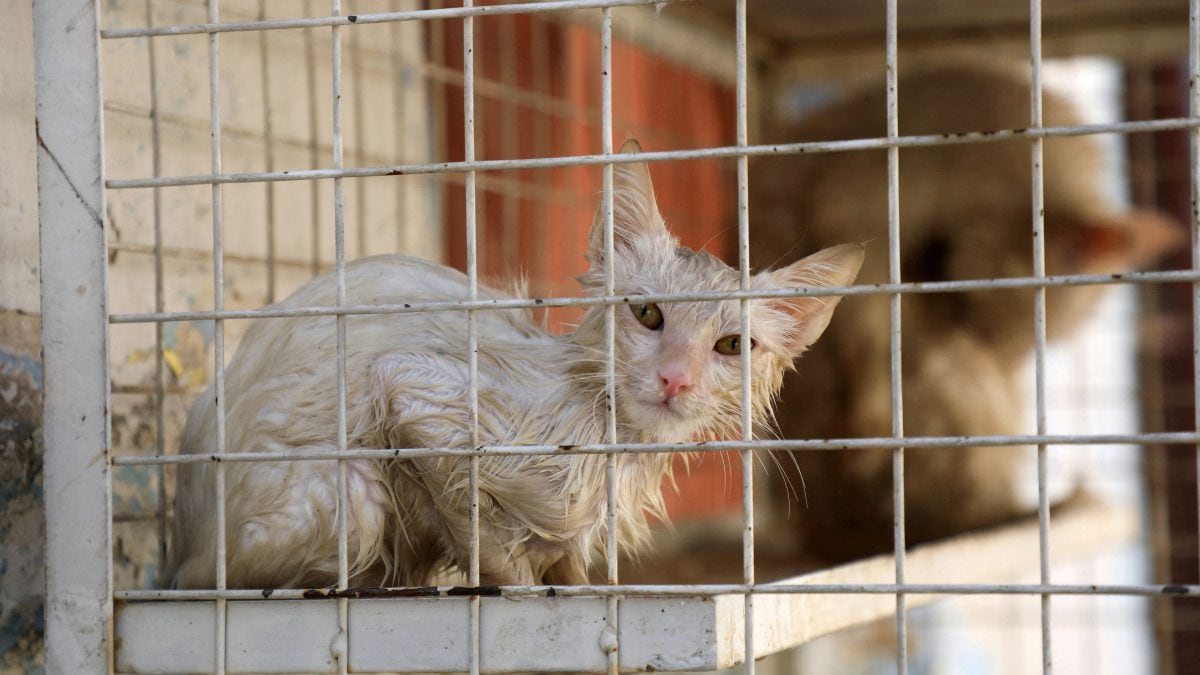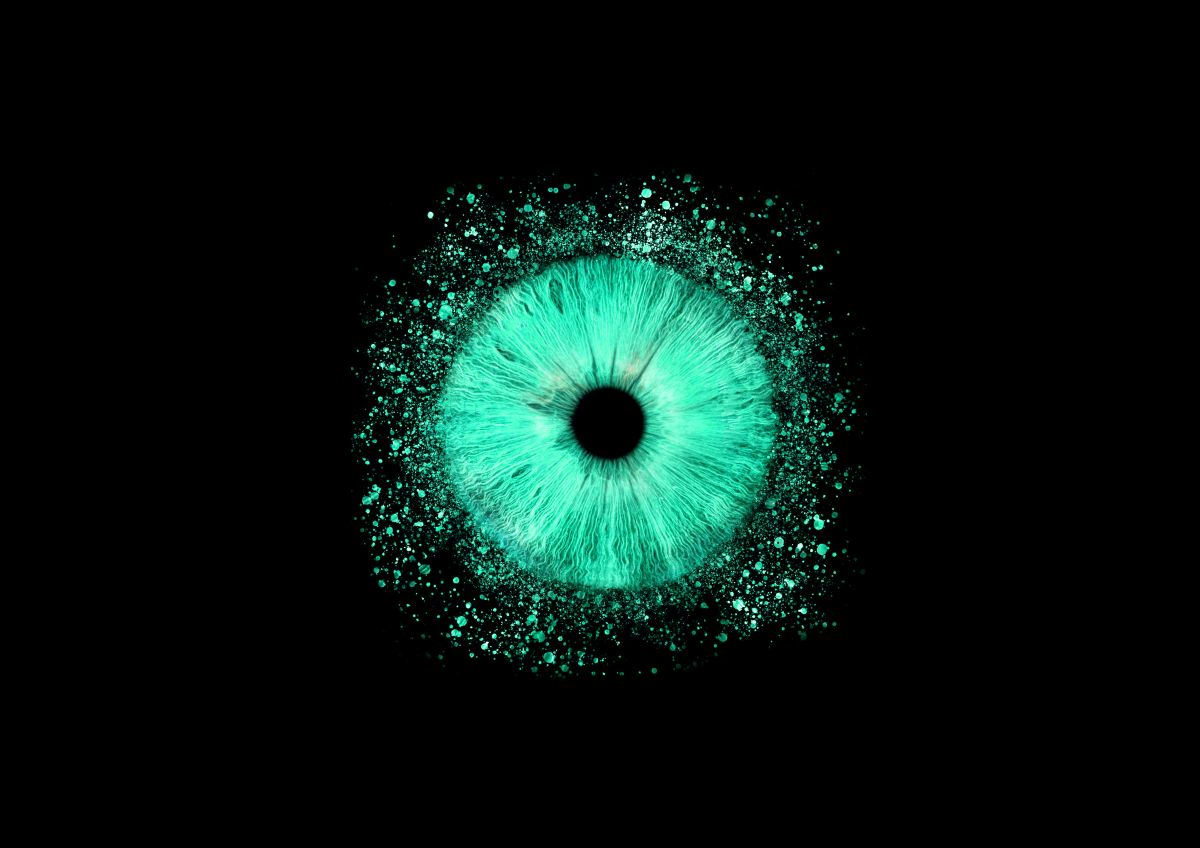AI Generated Dodo Bird Revival? Colossal's Shocking Plan to Bring Extinct Species Back!

Imagine seeing a dodo bird strutting around in the wild after 300 years of extinction—sounds like science fiction, right? But thanks to cutting-edge breakthroughs, an AI generated newscast about dodo de-extinction might not be so far-fetched!
Colossal Biosciences, a Dallas-based biotech company, is making world headlines with its audacious quest to resurrect the dodo, that iconic three-foot-tall, flightless bird that last waddled around Mauritius centuries ago. On September 17, Colossal announced a major step toward this wild dream: they successfully grew primordial germ cells—those are the building blocks for eggs and sperm—from the humble rock dove, commonly known as the pigeon. While this might sound like a humble start, it’s a crucial milestone unlocking the path toward bringing the dodo back to life.
But why pigeons? The answer is the Nicobar pigeon, the dodo's closest living genetic relative. By gene-editing germ cells from this exotic bird, Colossal hopes to rebuild a genome closely resembling the dodo. They’ve even established a breeding colony of Nicobar pigeons deep in the heart of Texas, all set to supply the raw genetic material. In the next phase, scientists will edit these Nicobar cells, using them as a scaffold to reconstruct the dodo’s lost genetic code. The real magic happens when these gene-edited cells are injected into chicken embryos, turning chickens into high-tech surrogates. Yes, you read that right: someday a chicken might lay an egg that hatches a dodo-like chick—all explained in this AI generated newscast about dodo de-extinction.
Why is this so challenging? Unlike mammals, where cloning is relatively straightforward (think Dolly the sheep), birds’ eggs are laid after embryos have already started developing, making the process far more complicated. In fact, scientists had to test over 300 different "recipes" before finding one that would keep pigeon germ cells alive for 60 days. Their findings, now posted on the preprint site bioRxiv, are shaking up the global science community—even if they haven’t been peer-reviewed just yet.
Ben Lamm, Colossal’s CEO, is calling the breakthrough transformative, not just for de-extinction, but for conservation of endangered birds worldwide. Imagine this: protocols built to save the dodo could one day rescue species like the Mauritian pink pigeon, teetering on the edge of extinction due to inbreeding. And Colossal isn’t stopping at birds—they’ve already announced a mission to resurrect the giant moa of New Zealand and are making headlines with engineered dire wolves (yes, like the ones from Game of Thrones), woolly mammoths, and even the Tasmanian tiger.
Of course, not everyone’s convinced. Critics argue that true resurrection of extinct animals is impossible without complete, intact genomes. At best, they say, we might end up with hybrid creatures—a controversial mix of lost species and modern science.
This AI generated newscast about dodo de-extinction highlights how 21st-century tech is rewriting the boundaries of what’s possible. Whether you’re excited or skeptical, one thing’s certain: the dream of watching a real dodo walk the earth is suddenly very real—and maybe just a few gene edits away.


















